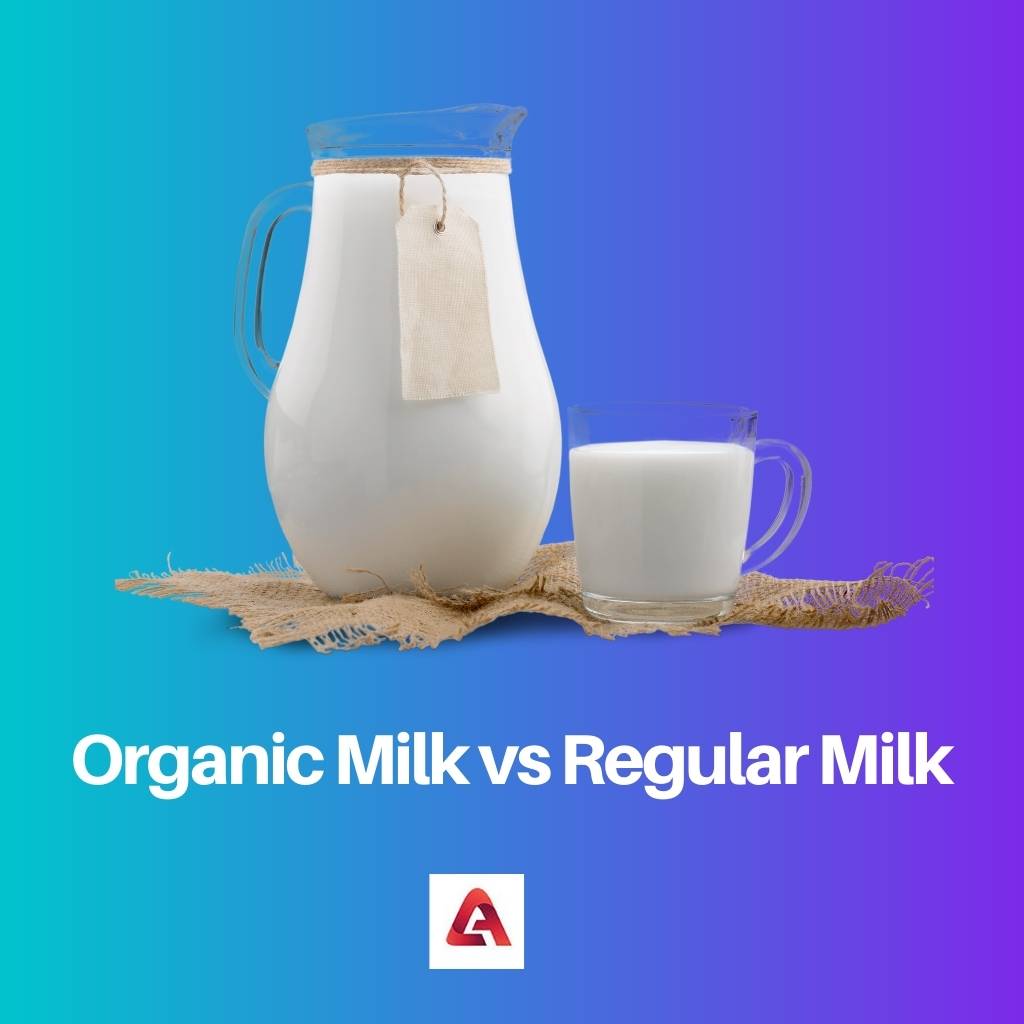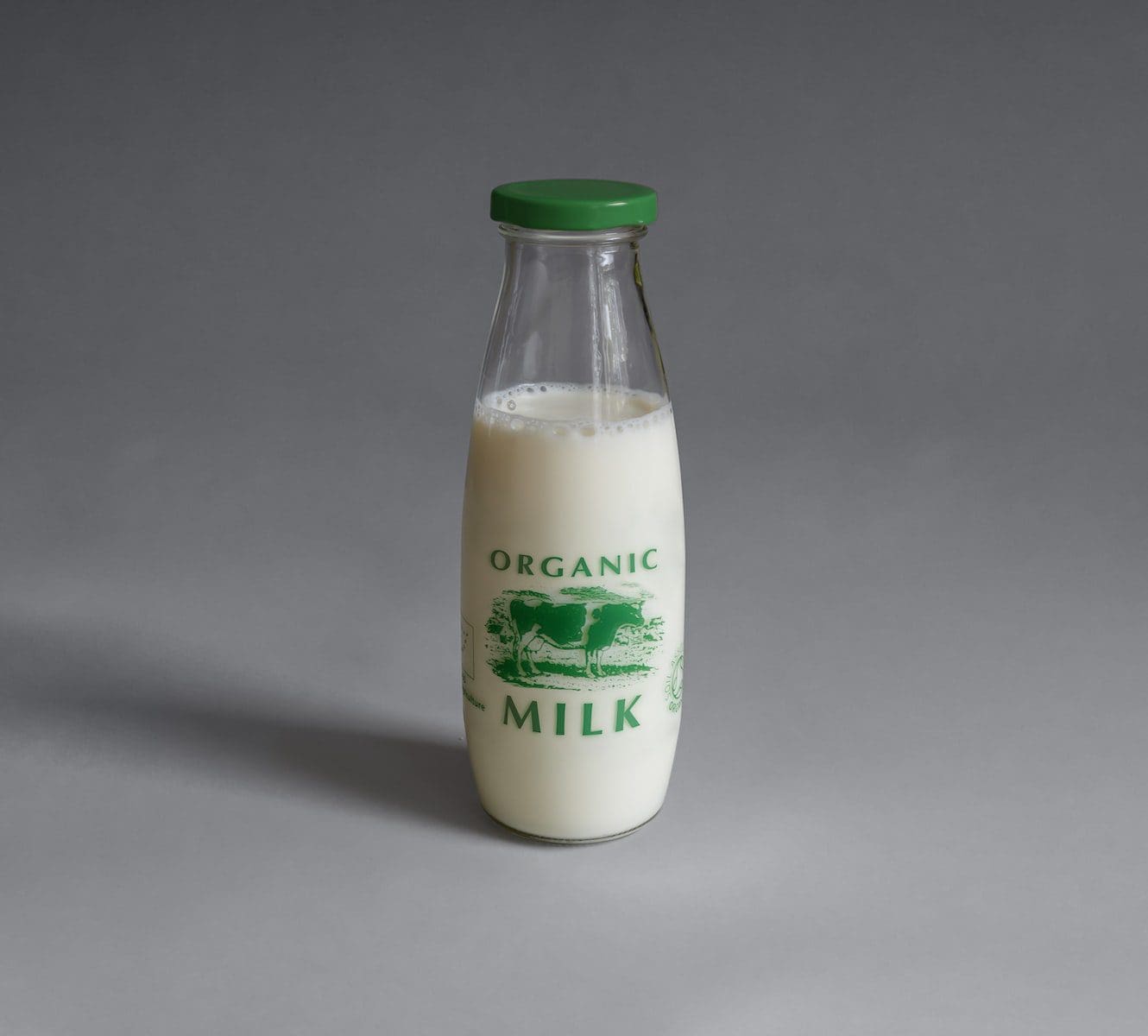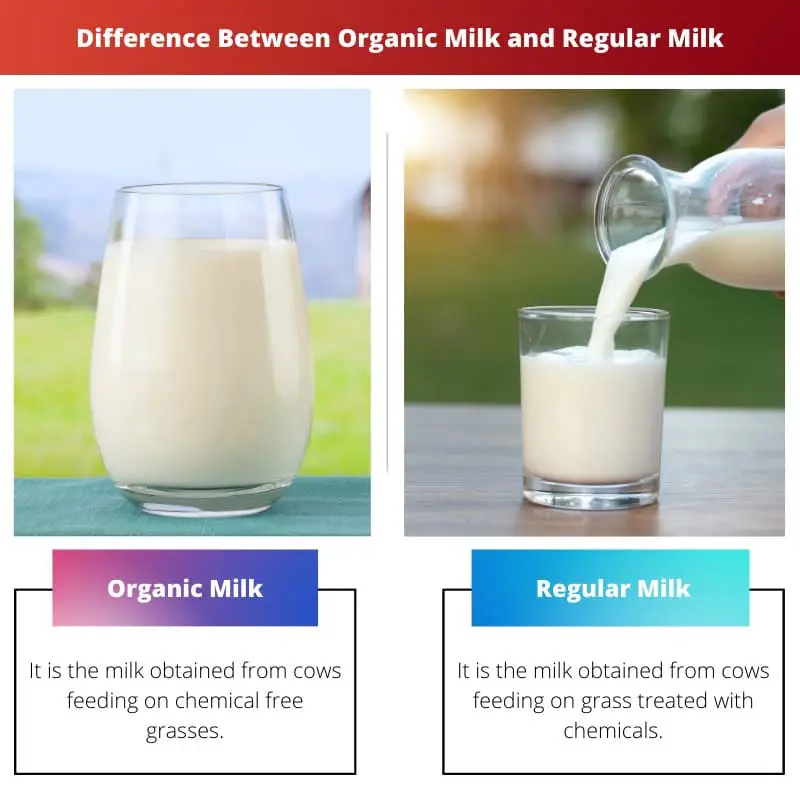Milk refers to a liquid produced by all the female mammals which is a source of many vital nutrients like calcium, Vitamin D and others. It is one of the most necessary elements of the human diet. Regular milk and Organic milk are two types of milk.
Key Takeaways
- Organic milk comes from cows raised on organic feed without synthetic hormones or antibiotics, while regular milk may contain traces of these substances.
- Organic milk production adheres to stricter environmental and animal welfare standards than conventional milk production.
- Organic milk may have higher omega-3 fatty acids and antioxidants than regular milk, providing potential health benefits.
Organic Milk vs Regular Milk
Organic milk is sourced from cows raised without synthetic growth hormones or antibiotics, and the milk is produced according to organic farming standards. Regular milk may come from cows treated with these substances and may be produced using conventional farming methods.

Organic milk is milk which is very healthy as it is produced by the cows feeding on synthetic-free vegetation and crops which are not treated with any sort of chemicals, and the cows are not injected with any hormones or antibiotics.
Cows are also not given any sort of banned medications during their treatment for various diseases. Regular milk is milk which may not be as healthy as Organic milk but is comparatively cheaper than it.
Regular milk is obtained from cows which feed on vegetation and grasses, which include chemical fertilizers and pesticides, and the cows are also given supplements to increase their milk generation capacity. It is also less nutritious than Organic milk.
Comparison Table
| Parameters of Comparison | Organic Milk | Regular Milk |
|---|---|---|
| Definition | It is the milk obtained from cows feeding on chemical free grasses. | It is the milk obtained from cows feeding on grass treated with chemicals. |
| Price | It is expensive than the Regular one. | It is not as expensive as Organic Milk. |
| Taste | It is more whipped and buttery. | It is less whipped and buttery. |
| Pasteurization | Pasteurized using Ultra high temperature to 132 degree Celsius. | Pasteurized using standard method up to 71 degree Celsius. |
| Shelf Life | It has a longer shelf life up to 3 months. | It has a small shelf life up to 4-5 days. |
What is Organic Milk?
There has been a sudden spurt in demand for Organic Milk all around the world due to its healthy, proven features like being completely chemical-free and being produced from environmentally friendly conditions without the use of synthetic pesticides.
Every country has a strict Code of Practice for handling Organic dairy farms so as to ensure the best quality of milk generation. For example, in India, there is a ‘National Code of Practices for Management of Dairy Animals in India’.
Organic Milk tastes thicker, sweeter and less sour. This is because cows in Organic Dairy farms are allowed to graze for at least 120 days a year. They are made to graze on different crops throughout the year.
One of the major disadvantages of consuming Organic milk is that processing at a high temperature also removes the good bacteria, which is a necessary component of the human diet.

What is Regular Milk?
Regular Milk is the conventional form of milk found in the majority of households all around the world. There are almost the same guidelines issued by different countries regarding the treatment of cows in Regular dairy farms.
The cows in conventional Dairy farms are allowed to graze on the vegetation treated with chemicals, and the cows are injected with growth hormones and antibodies to increase milk production.
Experts argue that Regular milk is not good for the health of human beings as the milk is further treated in the factory with other chemicals, which even makes it a bit sour in taste. In addition, it is also less creamy and thinner as compared to genuine Organic milk.
Moreover, studies say that drinking regular milk prevents type 2 Diabetes in elderly people. But certain studies also suggest people not to drink too much of Regular milk as treating it with various synthetics increases the chance of various other diseases and health problems.

Main Differences Between Organic Milk and Regular Milk
- Organic milk is obtained from cows which are not treated with supplements to increase milk production capacity, whereas Regular milk is obtained from cows which have been injected with antibodies to increase their capacity to produce milk.
- Organic milk is more environmentally friendly and natural, whereas Regular milk is not as healthy and natural as Organic milk.
- Organic milk is devoid of both good and bad bacteria, whereas Regular milk possesses both good and harmful bacteria.
- Organic Milk does not have a high content of Omega-3 fatty acids, whereas Regular milk has a good amount of Omega-3 which strengthens the immune system.
- Organic milk is not sold by many brands all across the world, whereas Regular milk is sold by a large number of brands.




